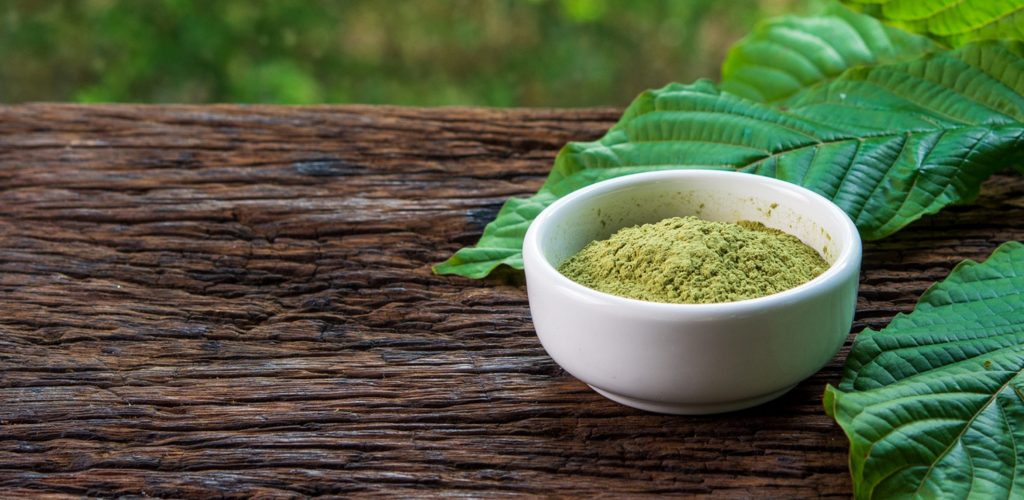Kratom, a tropical tree native to Southeast Asia, has been used for centuries in traditional medicine. Its leaves contain compounds that have psychoactive properties, and the plant has become popular in the West as an alternative to painkillers and stimulants. Among the various strains of kratom, Green Vein Kratom stands out for its balanced effects, making it a favorite among both new users and seasoned enthusiasts. Understanding the history and origins of Green Vein Kratom requires a journey into the cultural practices of Southeast Asia, the plant’s botany, and the modern context in which it is used.
Ancient Roots in Southeast Asia
The use of kratom dates back centuries, primarily in countries like Thailand, Indonesia, Malaysia, and Papua New Guinea. For the indigenous people of these regions, kratom was an essential part of their daily lives. They chewed the leaves for energy, especially during long hours of labor in the fields. The plant was also used in various rituals and traditional medicine to treat ailments ranging from pain to digestive issues. Green Vein Kratom, in particular, comes from the Mitragyna speciosa tree, which thrives in the dense, humid rainforests of Southeast Asia. The green vein designation refers to the color of the veins running through the leaves, which indicates the leaf’s maturity and alkaloid profile. Green Vein Kratom is typically harvested when the leaves are midway between the youthful white-veined and mature red-veined stages. This gives it a unique balance of alkaloids, the compounds responsible for kratom’s effects.

The Role of Alkaloids
The two primary alkaloids in kratom are mitragynine and 7-hydroxymitragynine. These compounds interact with the brain’s opioid receptors, producing effects that can range from stimulating to sedative, depending on the strain and dosage. Green Vein Kratom is prized for its balanced alkaloid content, which provides users with a mix of energy and relaxation without the extremes of other strains. This balance makes it ideal for those seeking to enhance focus and motivation or to alleviate pain without drowsiness.
Modern-Day Cultivation and Use
Today, Green Vein Kratom is cultivated in various regions across Southeast Asia, with Indonesia being a significant producer. The green vein kratom cultivation process involves careful monitoring of the trees to ensure the leaves are harvested at the optimal time. After harvesting, the leaves are dried and sometimes fermented to enhance their potency. The final product is either ground into a fine powder or processed into capsules and extracts for global distribution. The use of kratom, including Green Vein Kratom, has spread far beyond its traditional roots. In the West, it has gained popularity as a natural remedy for conditions like chronic pain, anxiety, and depression. However, its legal status varies across countries and regions, with ongoing debates about its safety and potential for abuse.